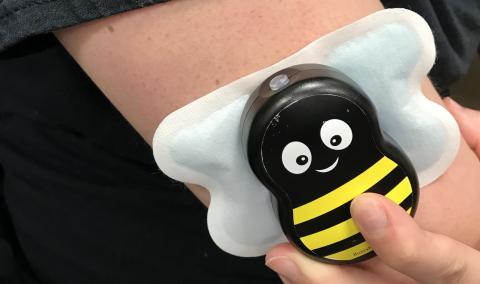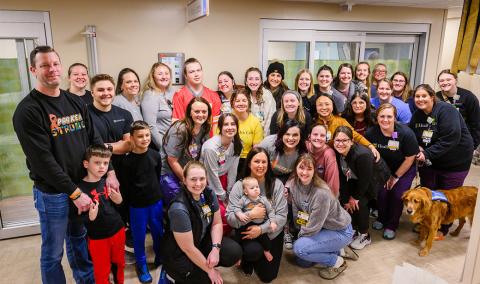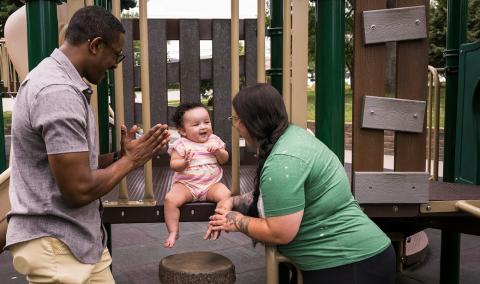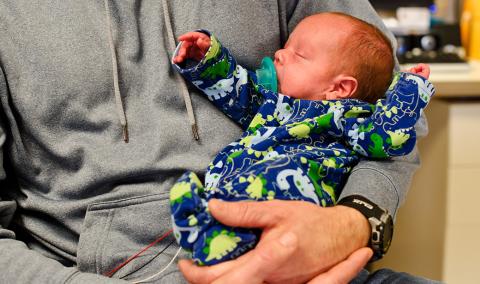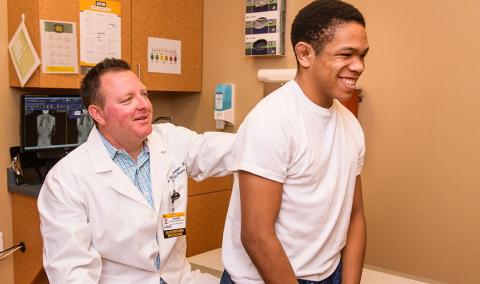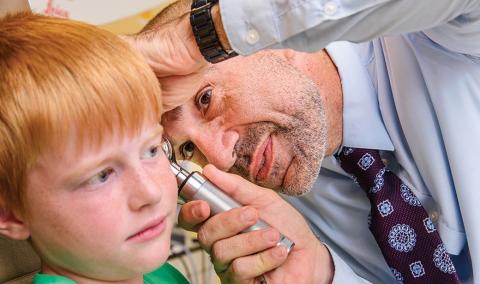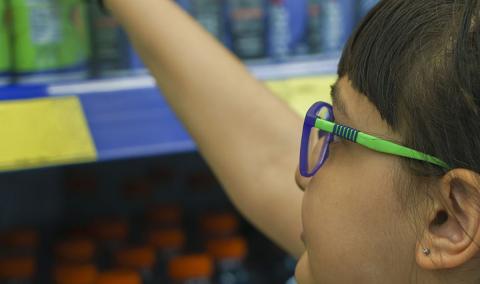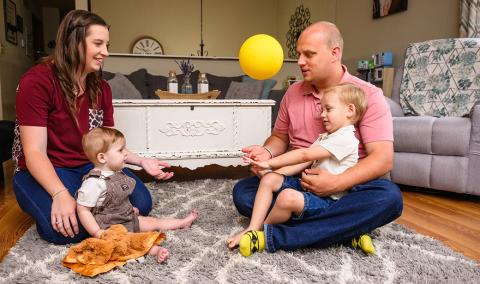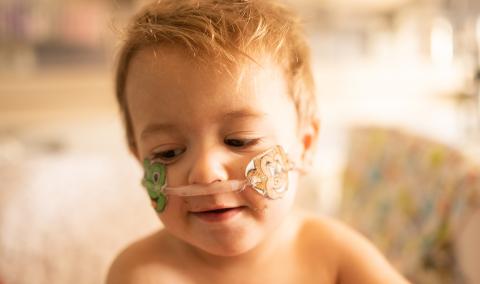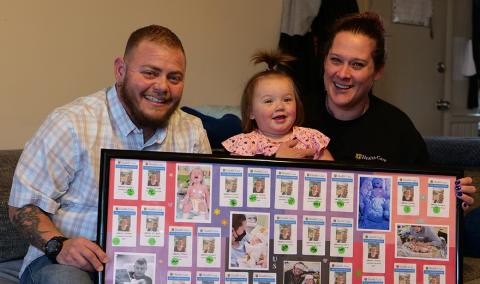The ureter connects the kidneys to the bladder. It is supposed to function as a one-way valve, but sometimes, it does not develop properly.
Vesicoureteral reflux (VUR) occurs when urine flows backwards from your child’s bladder into his or her ureter. This condition can be very painful and lead to kidney infections. Over time, recurrent kidney infections can cause permanent kidney damage.
VUR is often inherited from a parent and is more commonly found in girls than boys.
Diagnosing vesicoureteral reflux
Urinary tract infections (UTIs) are the most common symptom of VUR. When your child has his or her first UTI with a fever, he or she should undergo the following tests:
- Renal ultrasound. This test shows us the size and shape of your child’s kidneys, allowing us to assess if they are dilated or swollen.
- Voiding cystourethrogram. This test allows us to determine the severity of your child’s VUR. Each case of VUR is graded on scale from 1 to 5. Grade 1 is the least severe, and grade 5 is the most severe.
- Nuclear renal scan. This test helps us assess how well your child’s kidneys are working. It also shows if his or her kidneys have been scarred.
If your child is diagnosed with VUR, MU Health Care’s pediatric urology team will teach your family about the illness and its risk factors. We will also teach your child techniques that reduce his or her risk of infection. He or she will be taught proper toilet posture, hygiene and how much fluid to drink each day.
VUR patients will need to take a low-dose antibiotic each day. This medicine will stay in your child’s bladder to keep his or her urine sterile and to fight off future infections. Your child will also need to be checked each year to see if the VUR is better, worse or gone.
If your child’s VUR does not improve on its own, our team might recommend surgery.
Vesicoureteral reflux surgeries
We perform two different types of VUR surgery.
- Deflux injection. While your child is under general anesthesia, a camera is placed in his or her bladder that allows us to view the inside of the ureter. Then, we inject a “bulking agent” gel called Deflux into the ureter that helps the tube properly function. The procedure takes approximately 20 minutes. Your child’s skin will not be cut, and he or she should feel very little pain. Your family can go home immediately after the procedure. Three weeks later, we perform a renal ultrasound to assess the size and shape of your child’s kidneys, and six months later, we perform a nuclear cystogram to see if he or she still has VUR.
- Open ureteral reimplantation. While your child is under general anesthesia, we make an incision that allows us to access his or her bladder. Then, we open the bladder to reimplant and tunnel the ureters deeper through its muscle layers. This procedure typically takes 4 to 6 hours and requires an overnight hospital stay. Three weeks after the procedure, we conduct a nuclear renal scan. Three months after the surgery, we perform a renal ultrasound. And six months after the surgery, we perform another renal ultrasound and a nuclear cystogram to determine whether your child still has VUR.
Related Conditions & Treatments
- Adolescent Medicine
- Pediatric Chest Wall Disorders Program
- Down Syndrome
- Emergency Care for Kids
- Feeding Tubes for Children
- Hyperbaric Oxygen Therapy
- Juvenile Diabetes
- Neonatology
- Pediatric Anesthesiology
- Pediatric Cancer
- Pectus Carinatum
- Pectus Excavatum
- Pediatric Cardiology
- Pediatric Dermatology
- Pediatric Development and Behavior
- Pediatric ENT (Ear, Nose and Throat)
- Pediatric Epilepsy
- Pediatric Eye Care
- Pediatric Gastroenterology
- Pediatric Infectious Diseases
- Pediatric Inpatient Rehabilitation
- Pediatric Nephrology
- Pediatric Neurology
- Pediatric Neurosurgery
- Pediatric Orthopaedics
- Pediatric Plastic Surgery
- Pediatric Primary Care
- Pediatric Psychiatry
- Pediatric Pulmonary Medicine
- Pediatric Sleep Medicine
- Pediatric Surgery Services
- Pediatric Surgical Services
- Pediatric Urology
- Pediatric Vascular Anomalies
- Pediatric Weight Management
- Sickle Cell Disease
- Aerodigestive Program



